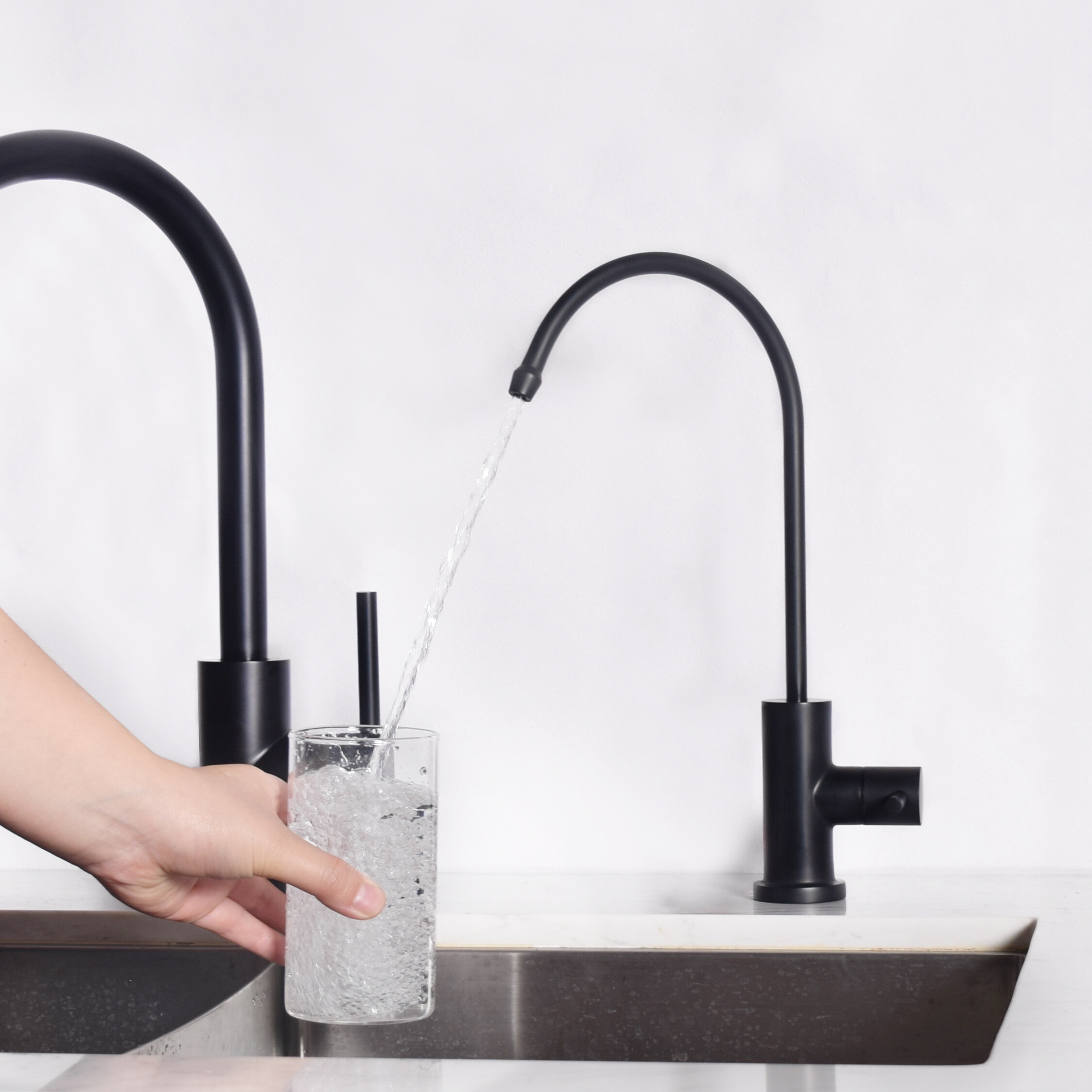Email format error
Email cannot be empty
Email already exists
6-20 characters(letters plus numbers only)
The password is inconsistent
Email format error
Email cannot be empty
Email does not exist
6-20 characters(letters plus numbers only)
The password is inconsistent


Stainless steel faucets are a popular choice for homeowners due to their durability, sleek design, and easy maintenance. If you're looking to upgrade your kitchen or bathroom with a stainless steel faucet, this comprehensive guide will walk you through the installation process and provide tips on how to properly maintain your new fixture. Let's dive in and learn how to install and care for a stainless steel faucet like a pro.
Materials Needed:
✔Stainless steel faucet
✔Adjustable wrench
✔Plumber's tape
✔Bucket
✔Towels
✔Cleaning supplies
Step 1: Prepare for Installation
Before you begin installing your stainless steel faucet, make sure to turn off the water supply to the sink. This can usually be done by shutting off the water valves located under the sink. Place a bucket under the sink to catch any water that may drip during the installation process.
Step 2: Remove the Old Faucet
Use an adjustable wrench to disconnect the water supply lines from the old faucet. Once the water supply lines are disconnected, remove the nuts that secure the faucet to the sink. Carefully lift the old faucet out of the sink and clean the area to prepare for the new installation.
Step 3: Install the New Stainless Steel Faucet
◉ Begin by applying the plumber's tape to the threads of the water supply lines to create a tight seal.
◉ Insert the water supply lines through the holes in the sink and position the new stainless steel faucet in place.
◉ Secure the faucet to the sink by tightening the mounting nuts underneath. Be sure not to overtighten to avoid damaging the faucet or sink.
◉ Connect the water supply lines to the corresponding hot and cold water valves, ensuring a secure connection.
Step 4: Test the Faucet
Once the faucet is securely installed, turn on the water supply valves and test the faucet for leaks. Check for any drips or water pooling around the base of the faucet. If you notice any leaks, tighten the connections or reapply plumber's tape as needed.
Maintaining Your Stainless Steel Faucet
Proper maintenance is key to keeping your stainless steel faucet looking and functioning its best. Here are some tips on how to maintain your stainless steel faucet:
Regular Cleaning
◉ Clean your stainless steel faucet regularly with a mild soap and water solution to remove dirt and grime.
◉ Avoid using abrasive cleaners or scrubbing pads, as they can scratch the surface of the stainless steel.
◉ Dry the faucet after cleaning to prevent water spots and mineral buildup.
Preventing Hard Water Buildup
◉ If you live in an area with hard water, consider installing a water softener to prevent mineral buildup on your faucet.
◉ Periodically remove the aerator from the faucet and soak it in vinegar to dissolve any mineral deposits.
Checking for Leaks
◉ Regularly check for leaks or drips in your faucet and address any issues promptly to prevent water damage.
◉ Inspect the connections and seals of your faucet for signs of wear or damage and replace them if necessary.
Conclusion
Installing and maintaining a stainless steel faucet is a straightforward process that can enhance the look and functionality of your kitchen or bathroom. By following the steps outlined in this guide and implementing proper maintenance practices, you can enjoy the durability and elegance of a stainless steel faucet for years to come. Upgrade your space with a stainless steel faucet today and elevate the style and efficiency of your home.